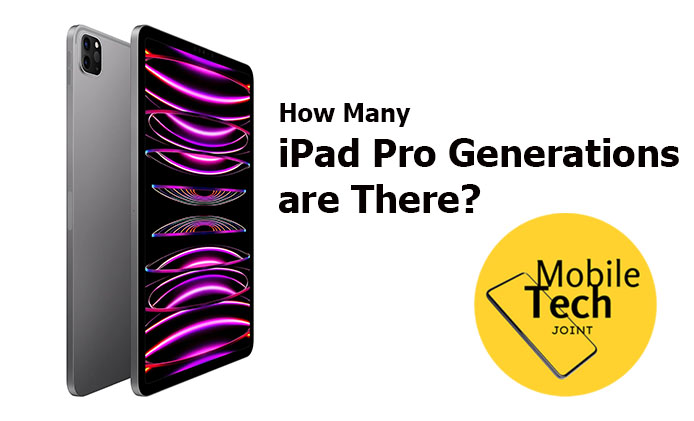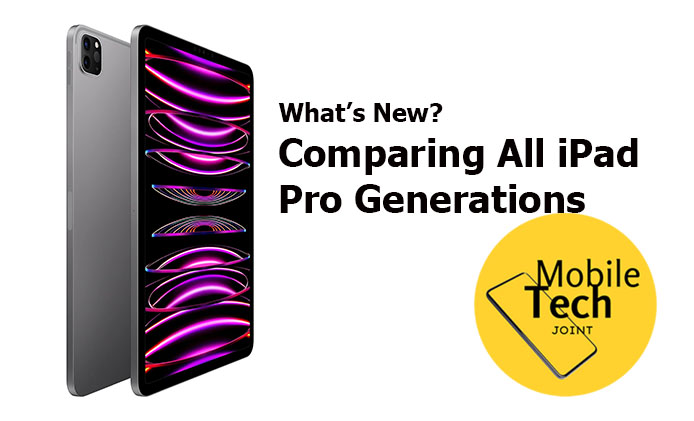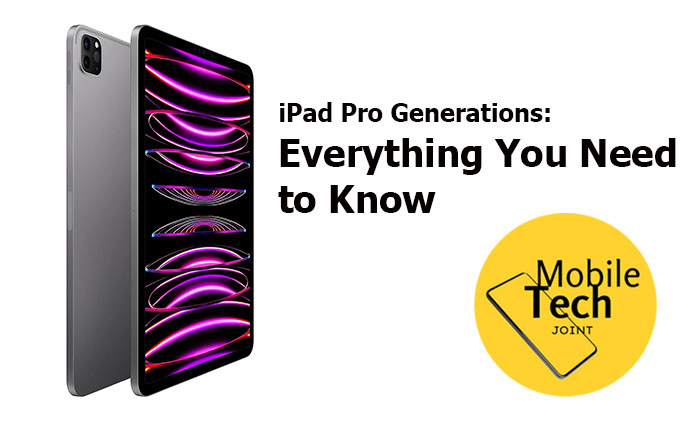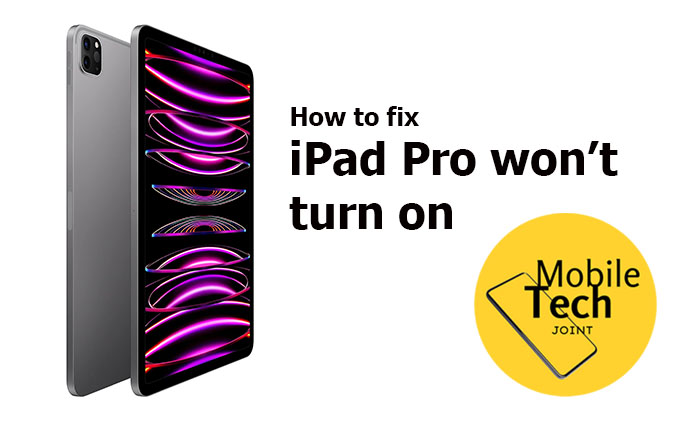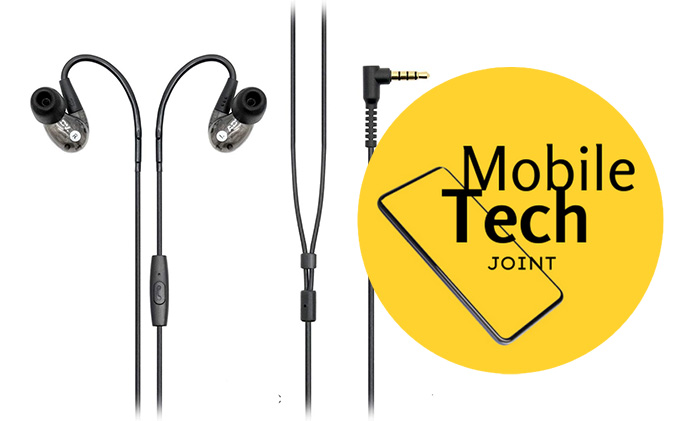The Samsung Galaxy Ring has quickly made its mark in the wearable tech market, standing out as a sleek, powerful tool for health and fitness enthusiasts. With every update, the Samsung Galaxy Ring continues to impress, offering new features that push the boundaries of what a smart ring can do.
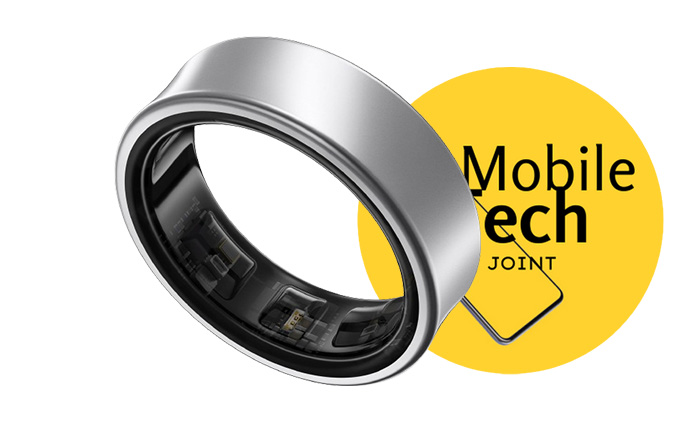
Beyond the obvious enhancements, there are hidden features within this latest update that can significantly improve your daily experience.
Hidden Samsung Galaxy Ring Features
Early adopters of these hidden features have reported a significant boost in their overall experience with the Galaxy Ring. From more restful nights to more efficient workouts, users are finding that these updates make a real difference.
1. Sleep Tracking Enhancements
One of the most exciting features is the Galaxy Ring’s enhanced sleep tracking. This smart ring doesn’t just monitor when you sleep—it tracks the quality of your rest with pinpoint accuracy.
The latest updates bring even more refined algorithms that provide deeper insights into your sleep cycles. You’ll receive detailed reports on how long you spend in each sleep stage, helping you understand and improve your sleep patterns over time.
2. Customizable Health Metrics
The ability to personalize your health metrics is another hidden gem in the Galaxy Ring’s latest update. Whether you’re focused on heart rate, blood oxygen levels, or step count, you can tailor the ring to track what matters most to you.
This customization allows for more targeted health management, ensuring you’re always in tune with your body’s needs.
3. Stress Management Tools
In today’s fast-paced world, managing stress is crucial. Samsung has integrated advanced stress management tools into the Galaxy Ring, making it easier for you to stay calm and centered.
The ring now offers guided breathing exercises and mindfulness sessions that can be accessed right from your finger. These tools help you monitor stress levels and practice relaxation techniques whenever you need them.
4. Smart Notifications
Staying connected without being overwhelmed by notifications is a fine balance. The Galaxy Ring’s smart notification system filters out the noise, ensuring only the most important alerts reach you. Whether it’s an urgent call or a reminder to move, this feature keeps you organized and focused, without the constant interruptions from less critical alerts.
5. Enhanced Battery Life
Battery life is always a concern with wearables, but the latest updates to the Galaxy Ring have made significant strides in efficiency. You can now enjoy longer usage between charges, thanks to optimized power management features.
For those looking to get the most out of their ring, there are also tips and tricks to further extend battery life, ensuring it’s ready when you need it most.
6. Integration with Smart Home Devices
The Galaxy Ring isn’t just for health and fitness; it’s also a powerful tool for smart home integration. With the latest update, you can now sync the ring with various smart home devices, controlling lights, thermostats, and more with just a tap.
This seamless integration adds a layer of convenience to your daily routine, making the ring an even more valuable companion.
7. Fitness Mode Customization
Fitness enthusiasts will love the new customizable fitness modes available on the Galaxy Ring. Whether you’re a runner, cyclist, or yogi, you can tailor the ring’s tracking to match your workout.
This feature not only provides more accurate data but also helps you stay motivated by offering personalized feedback and progress tracking.
Conclusion
The Samsung Galaxy Ring is more than just a piece of wearable tech—it’s a comprehensive tool that can enhance every aspect of your daily life. The hidden features discussed here are key to unlocking its full potential. If you haven’t explored them yet, now is the time. Dive into these updates, share your experiences, and stay tuned for even more innovations from Samsung.
Also Check:
- CCICITA X8 Neckband Bluetooth Headphones: 150 Hours of Playtime with Advanced Features
- ADVANCED SOUND GROUP ADV. Model 3 Wired High-Resolution In-Ear Monitors: Live Edition for Musicians
- MEE Audio M6 PRO 2nd Gen In-Ear Monitor Headphones: Perfect for Musicians Seeking High-Quality…
- 1MORE Piston Fit In-Ear Earphones: Stylish, Affordable, and Engineered for Quality Sound
- Kuizil Bluetooth 5.3 Wireless Earbuds: Feature-Packed and Affordable
